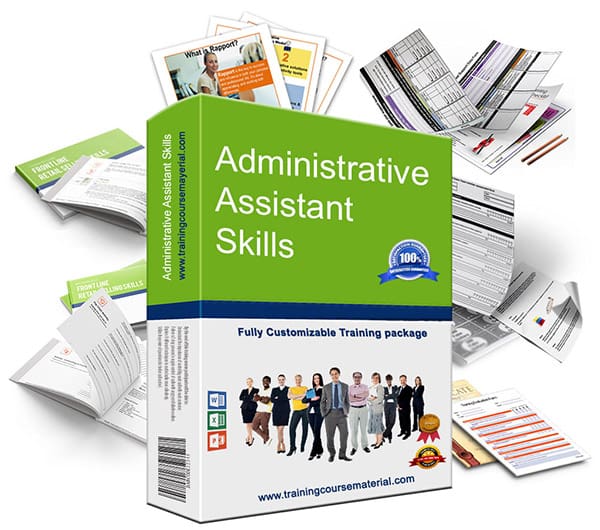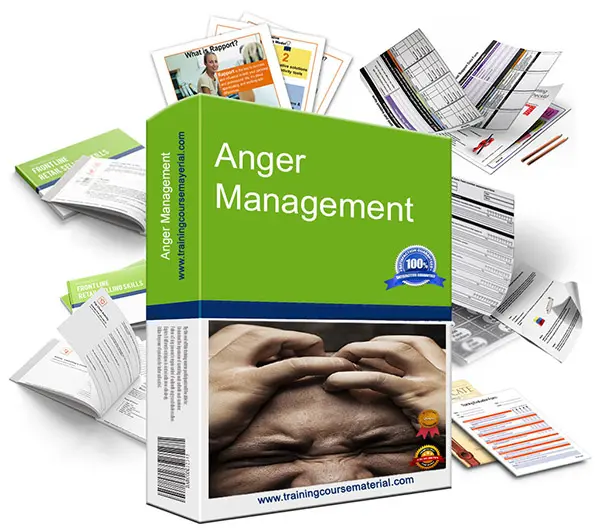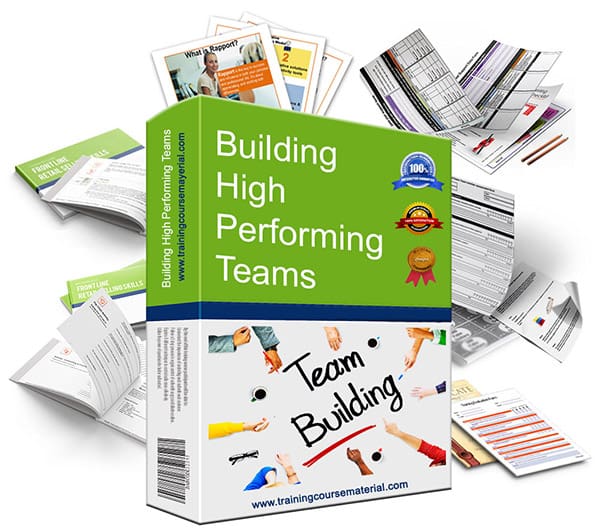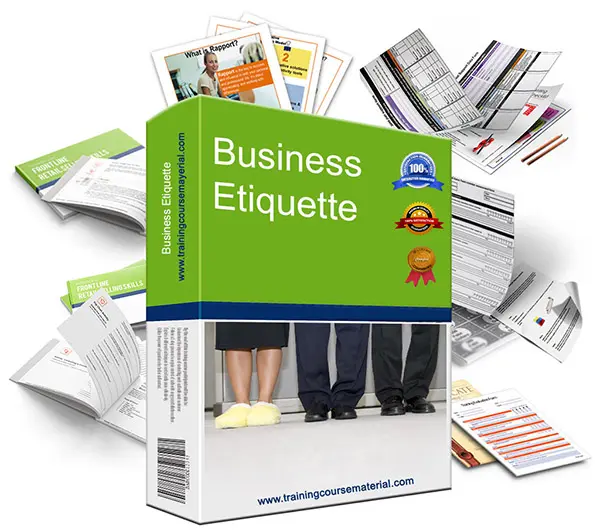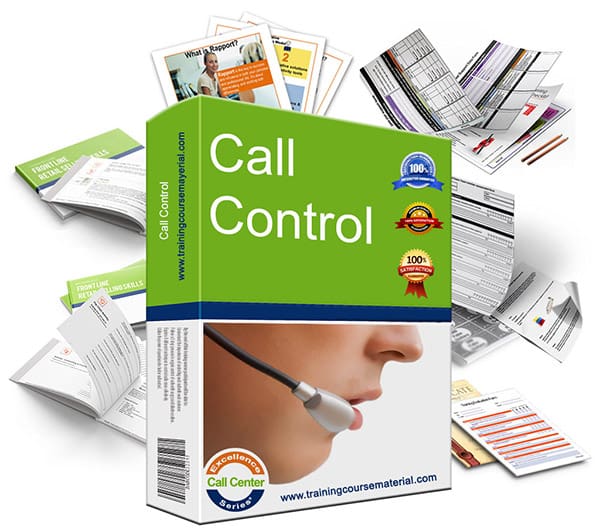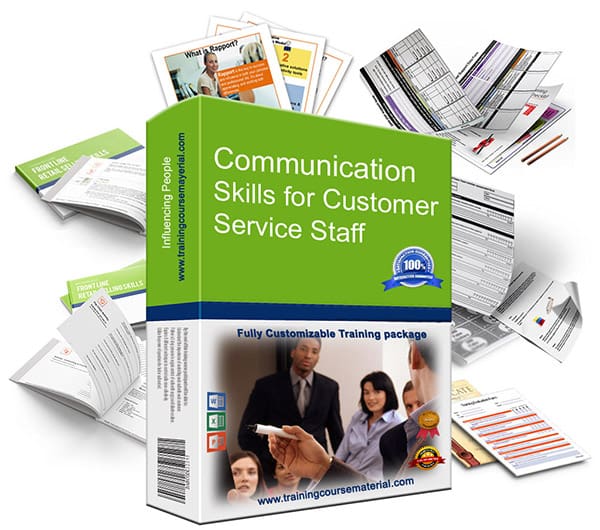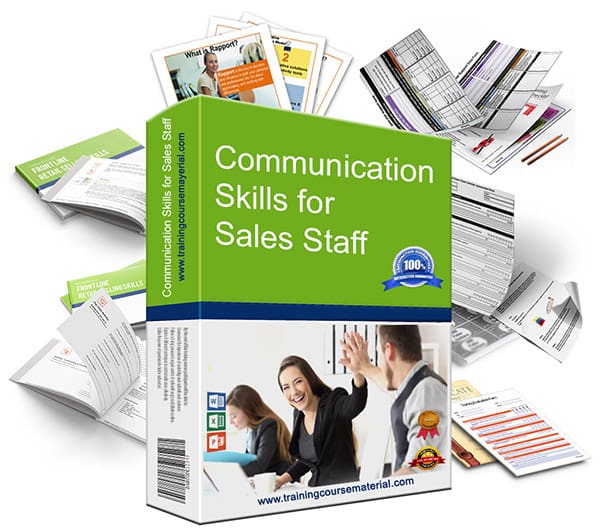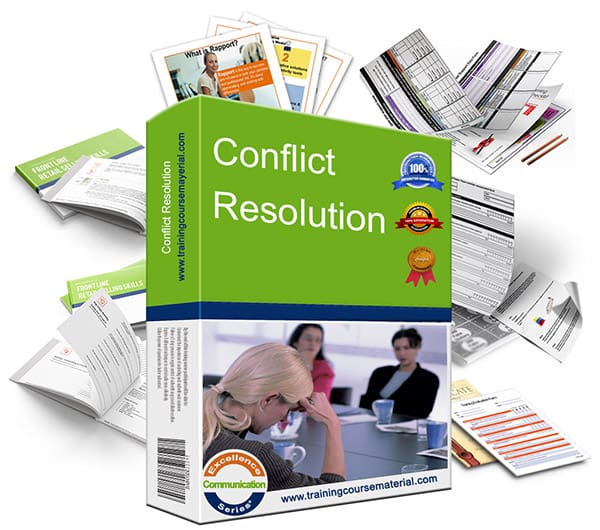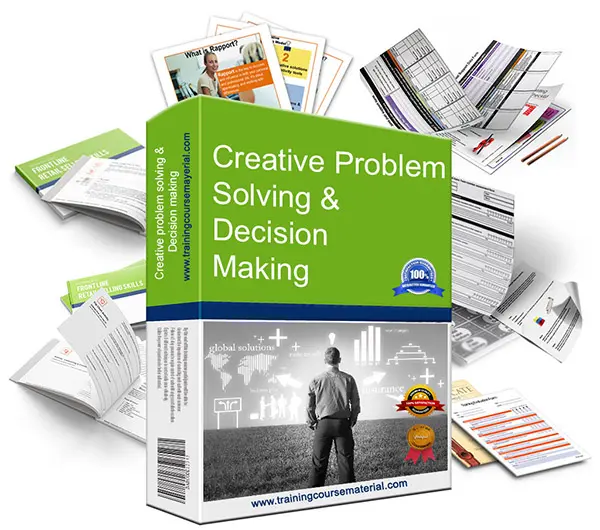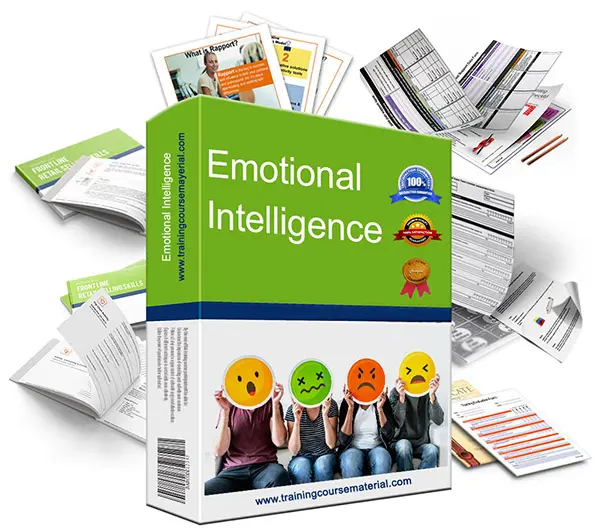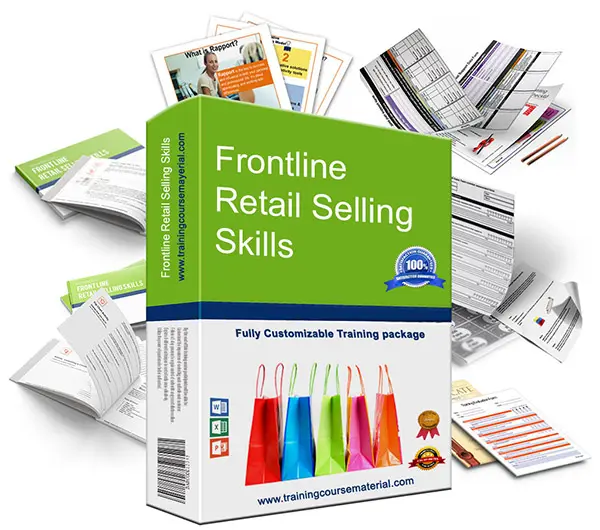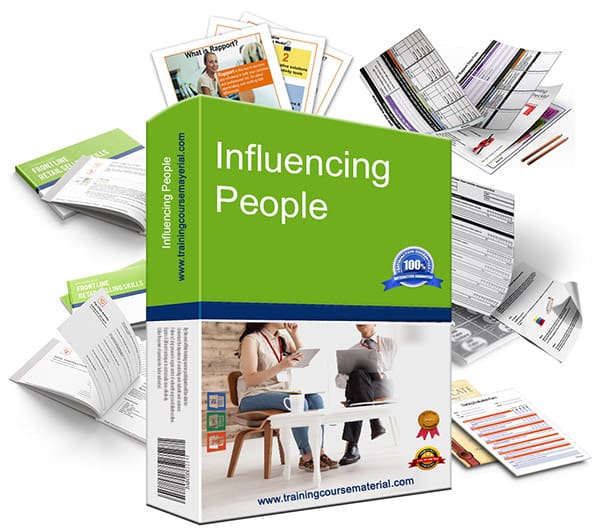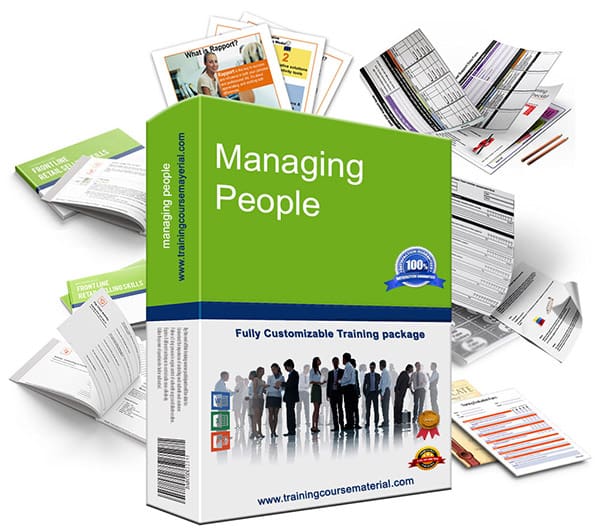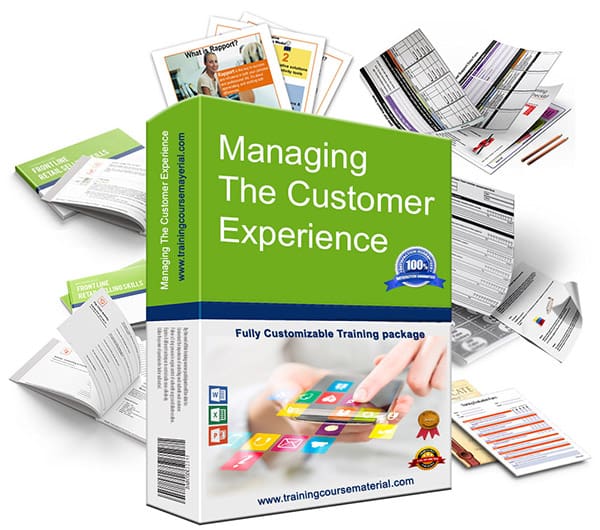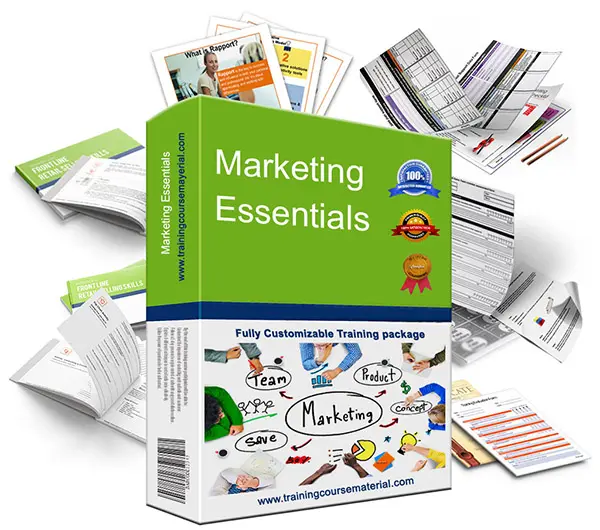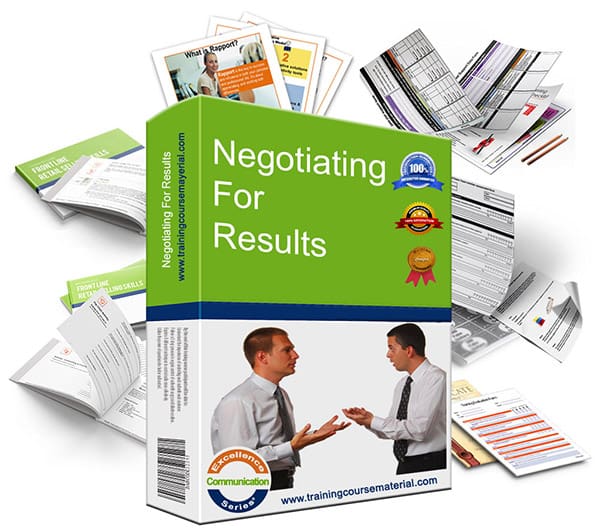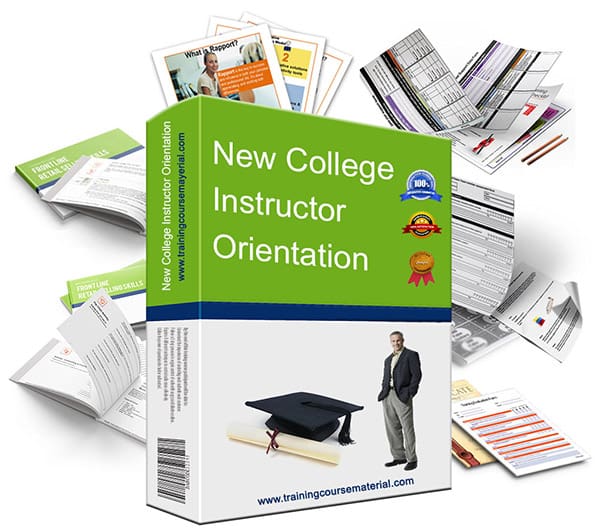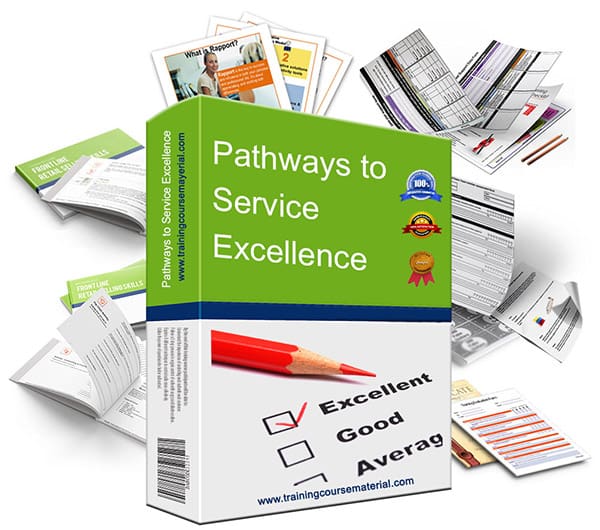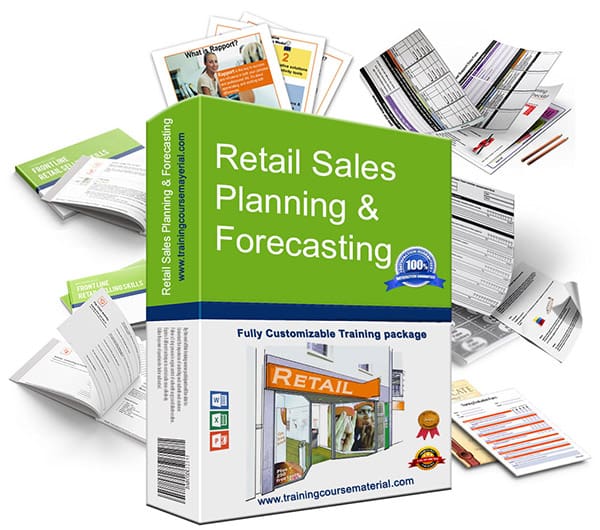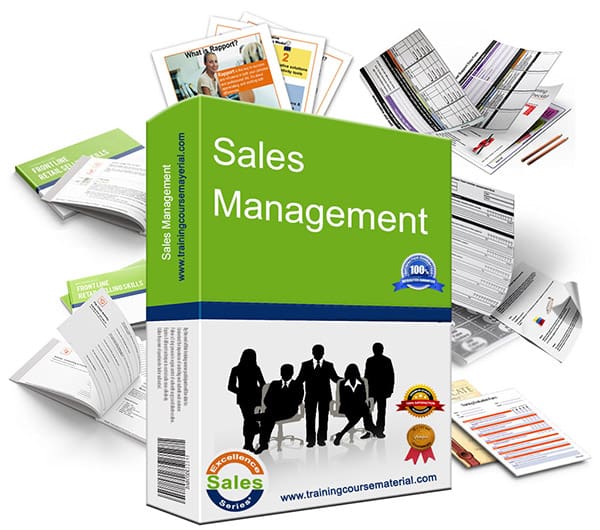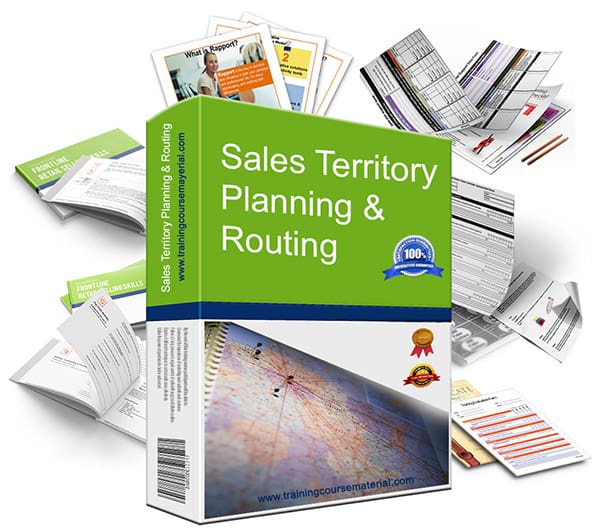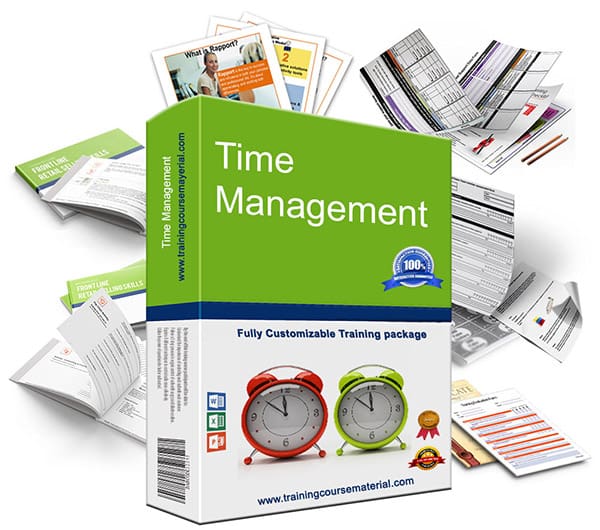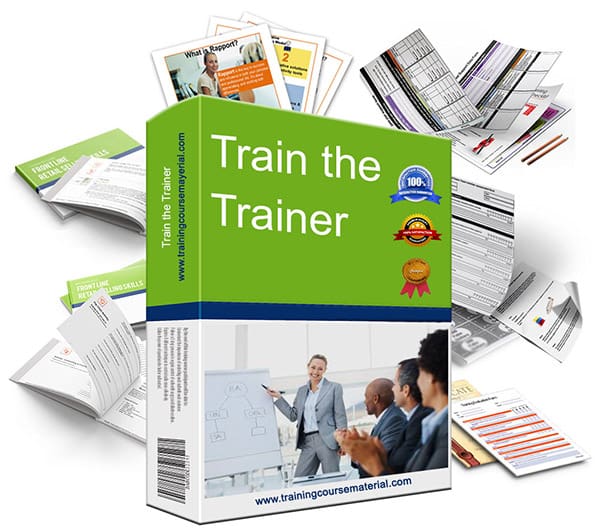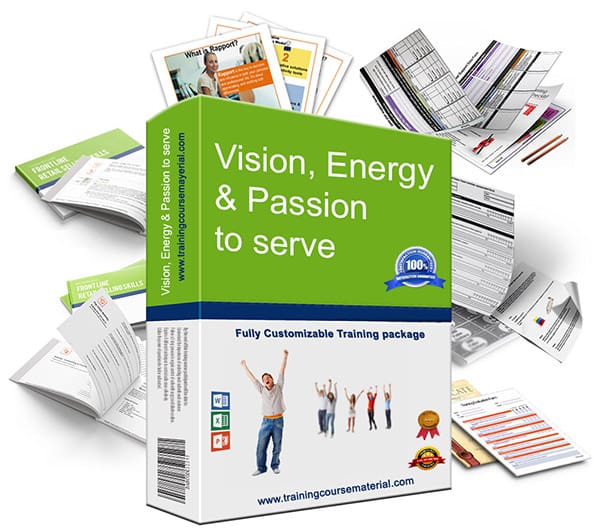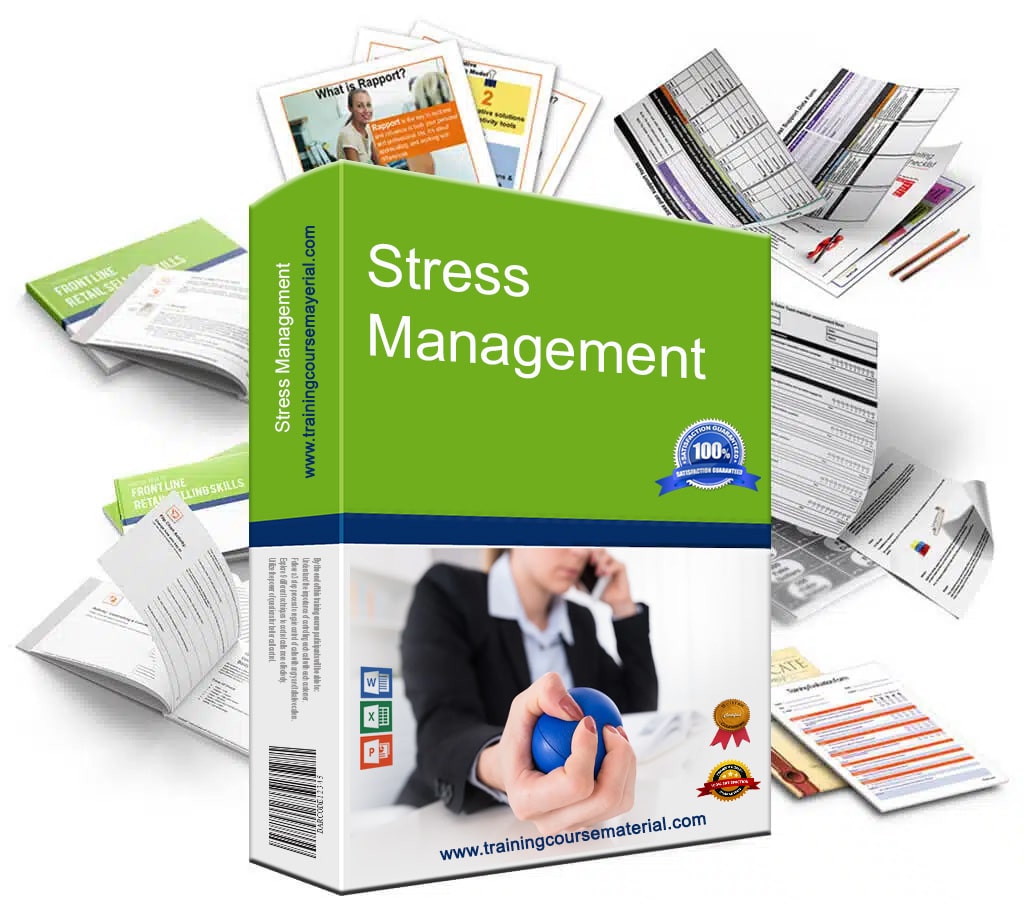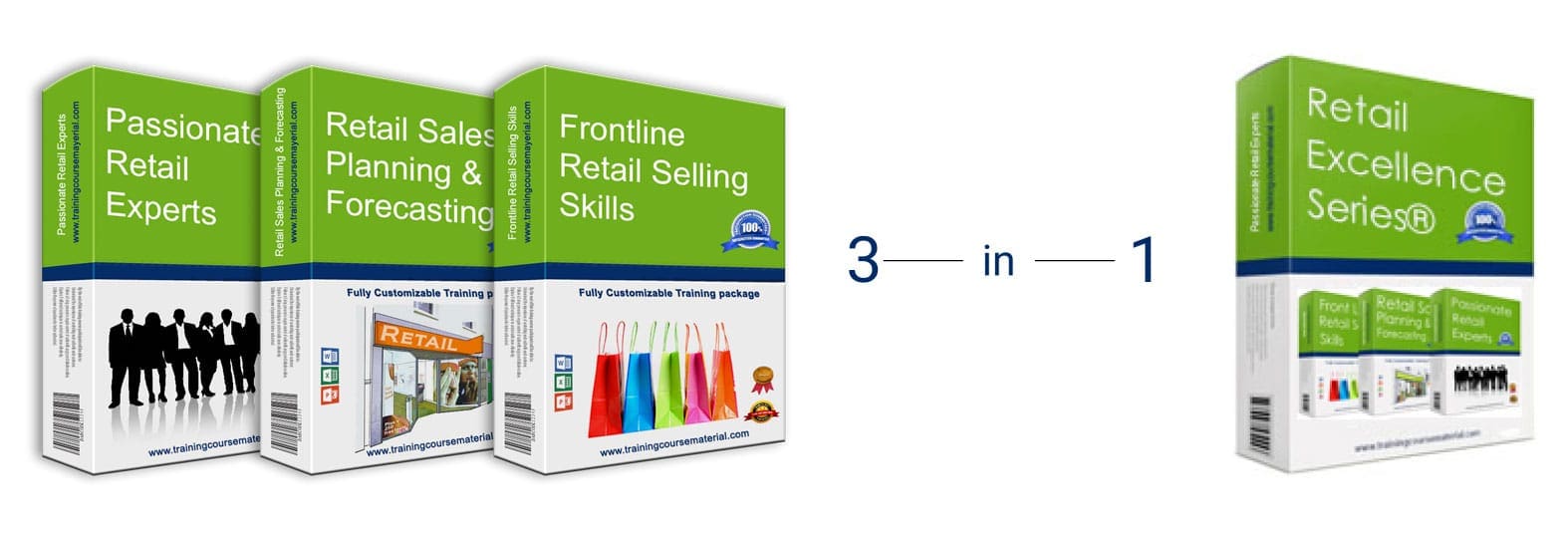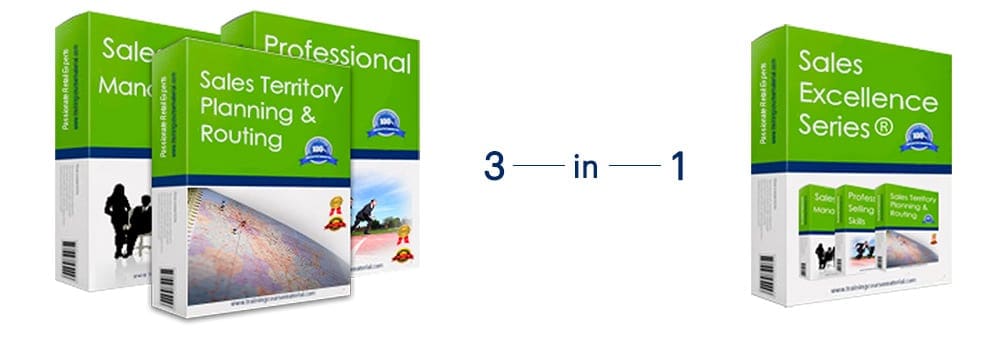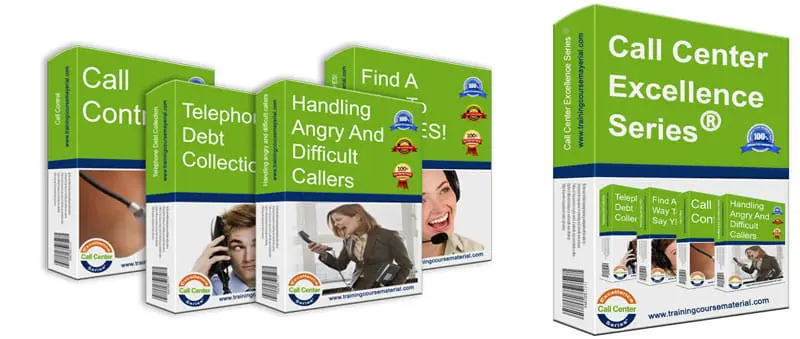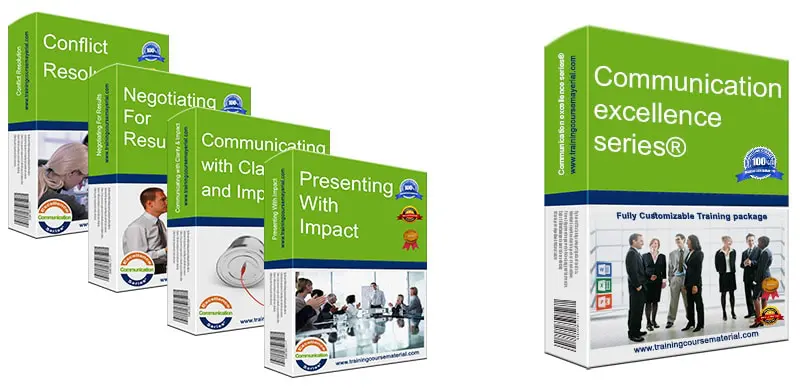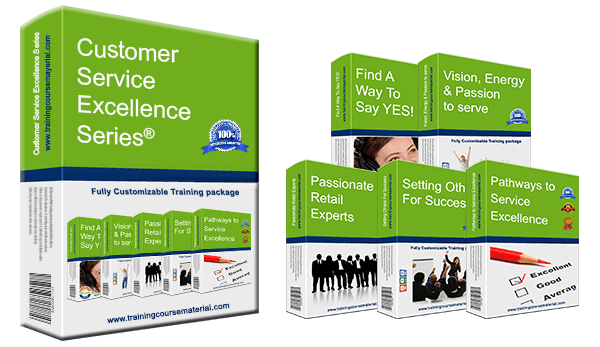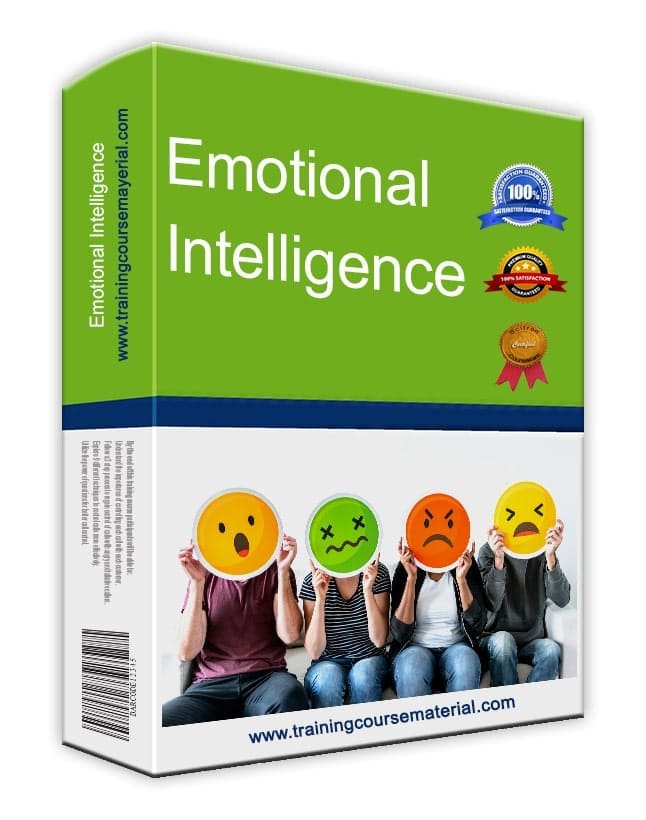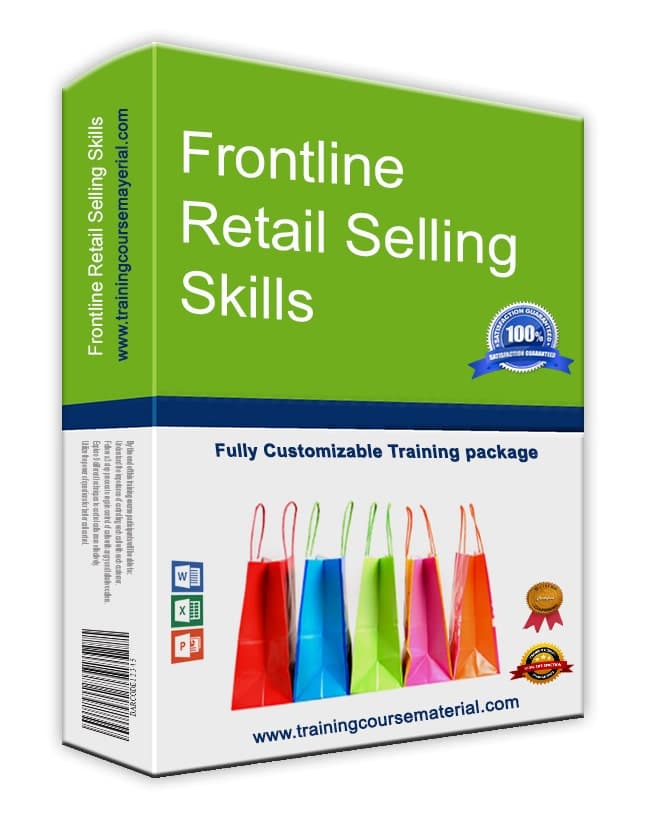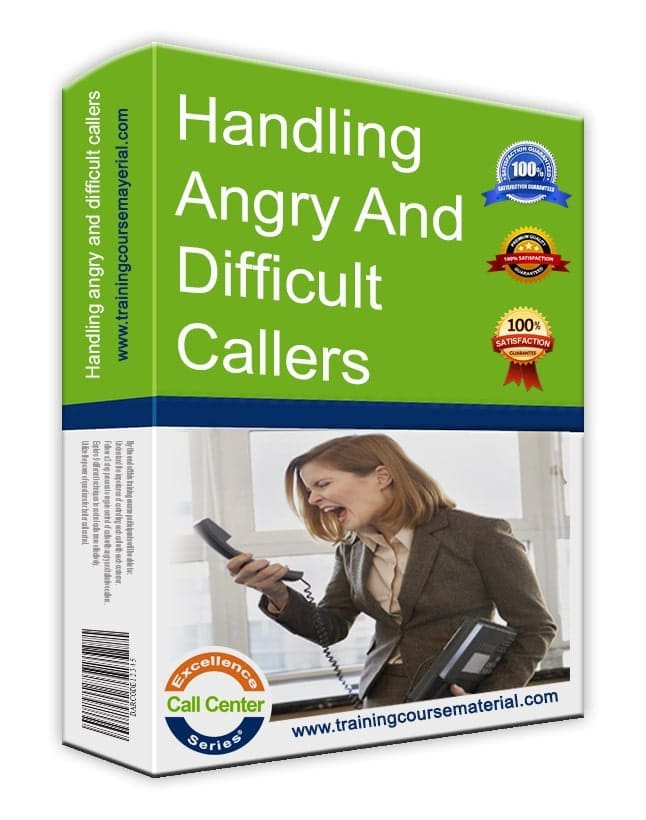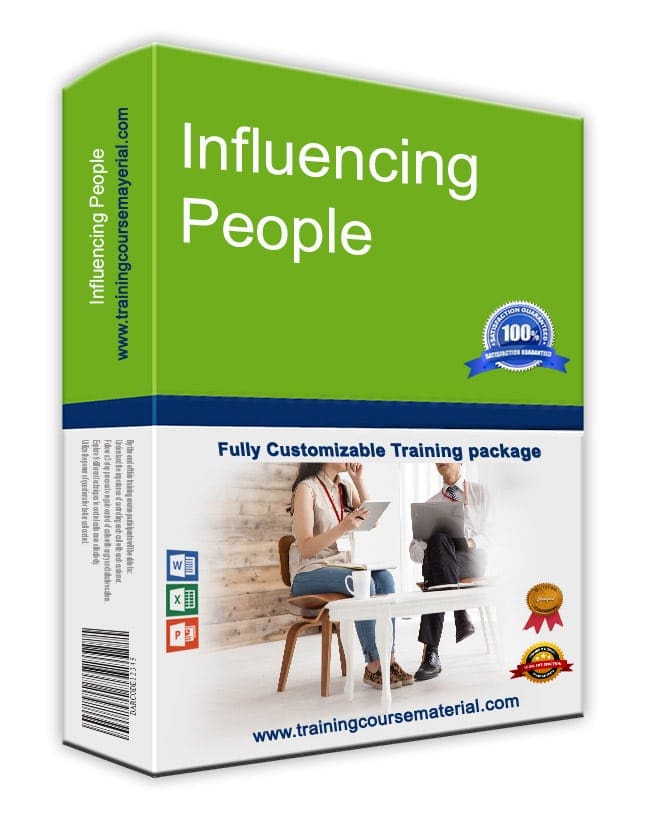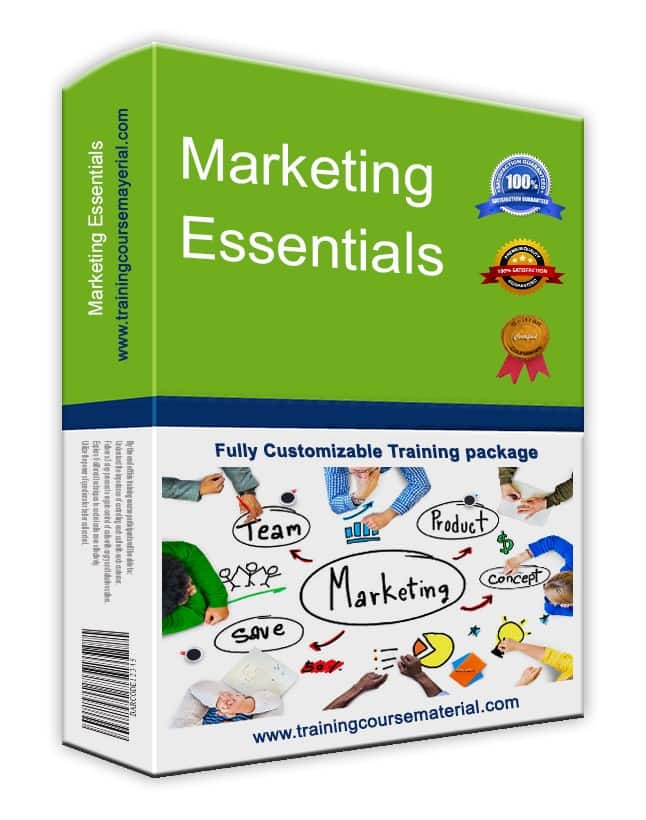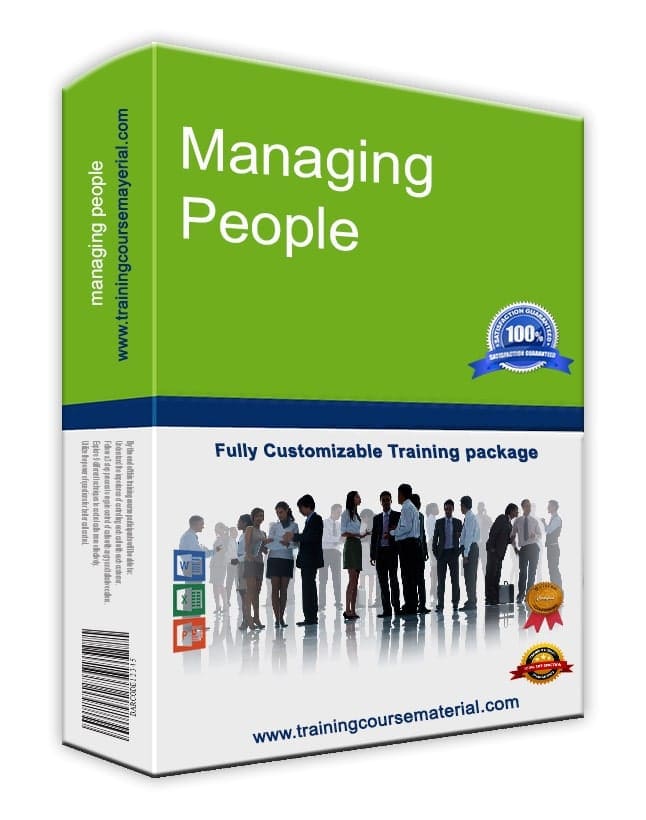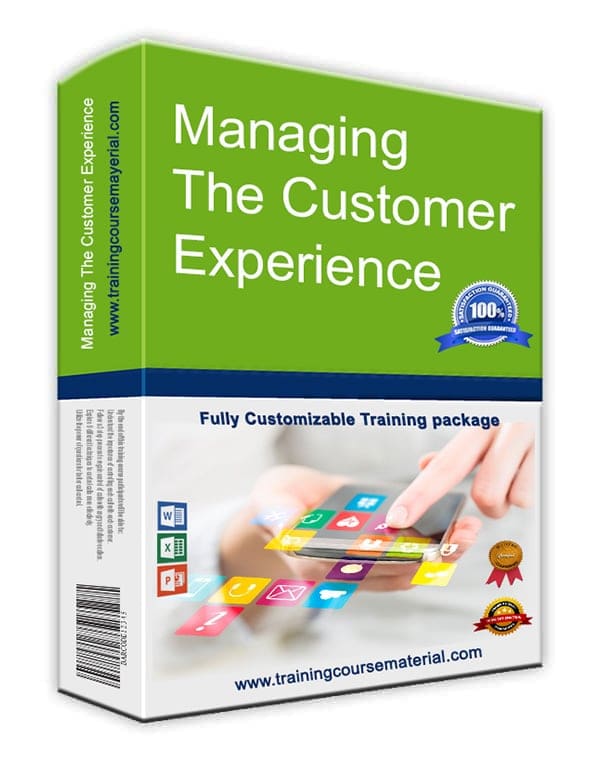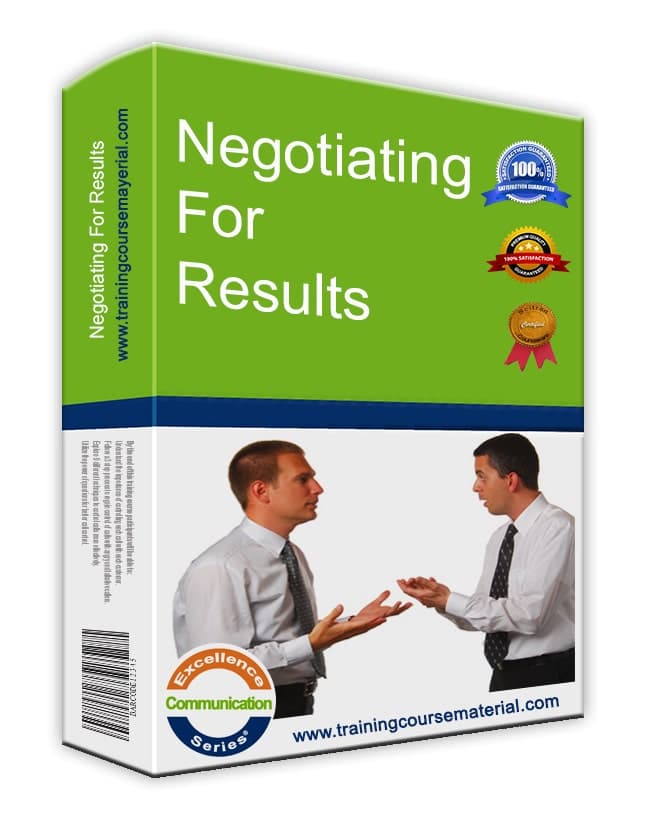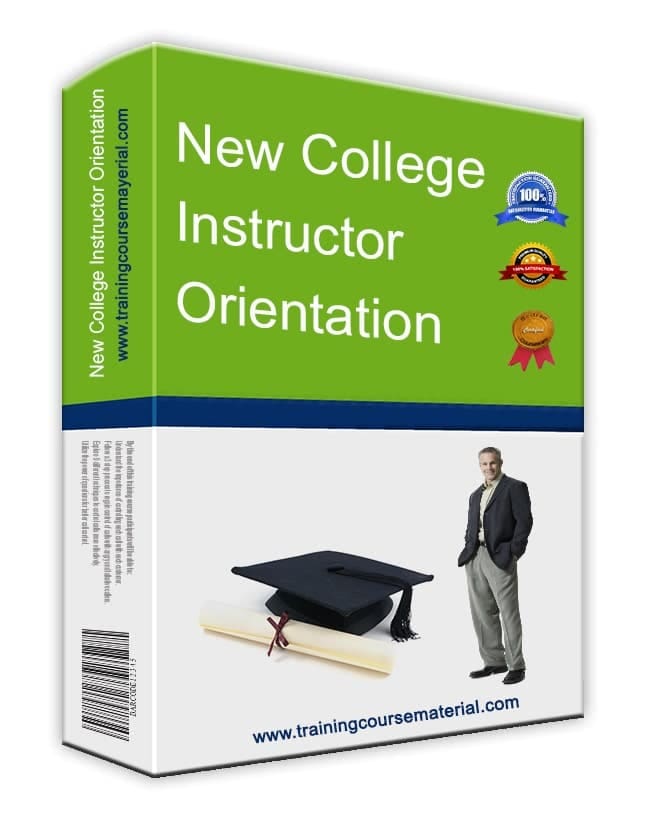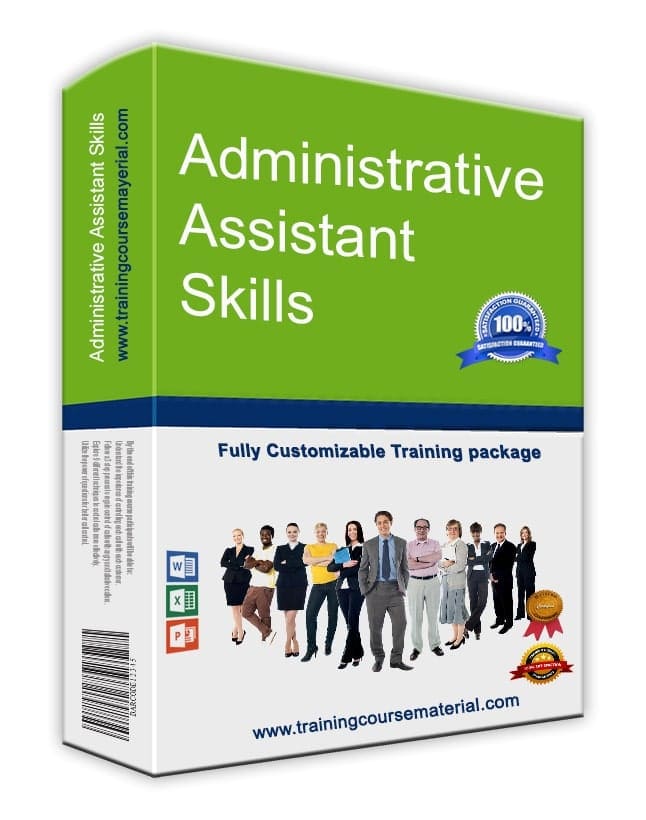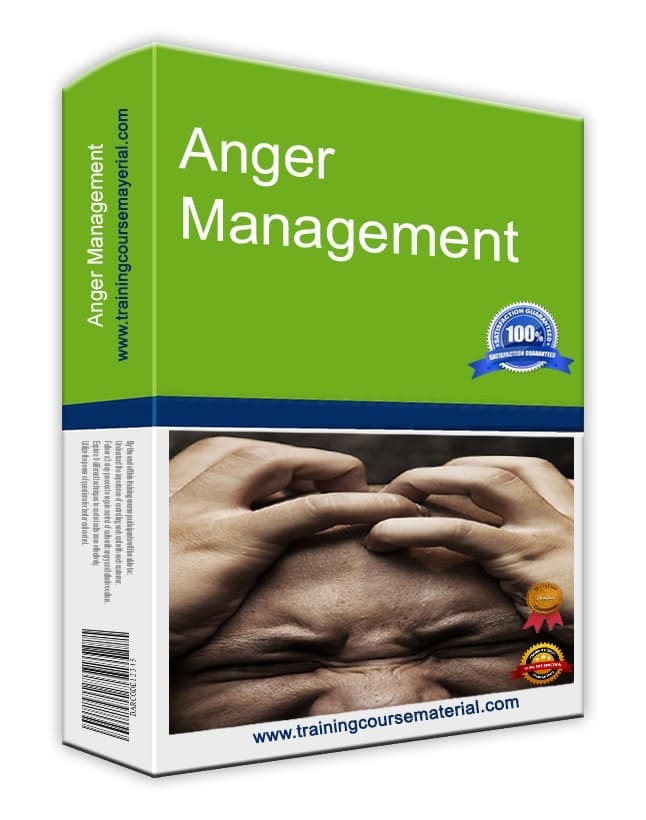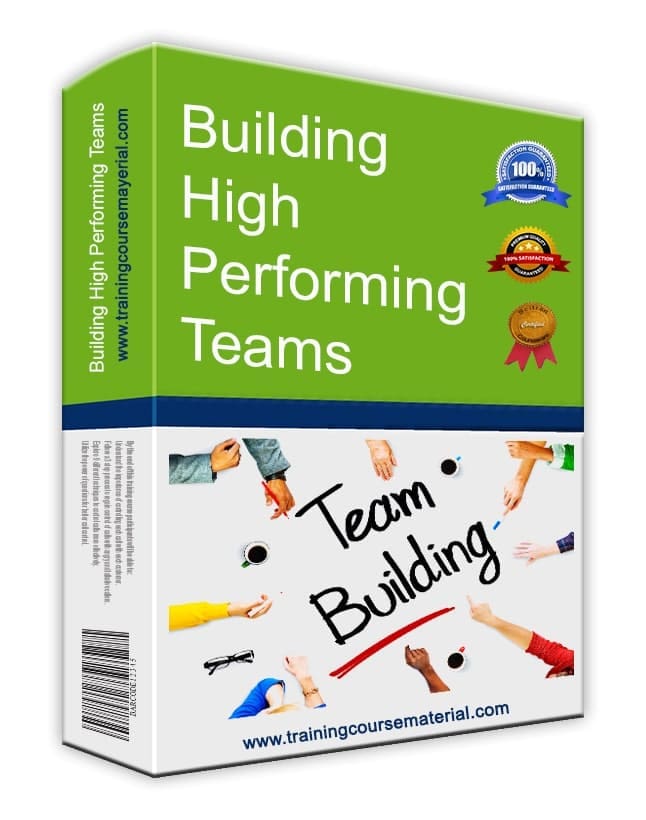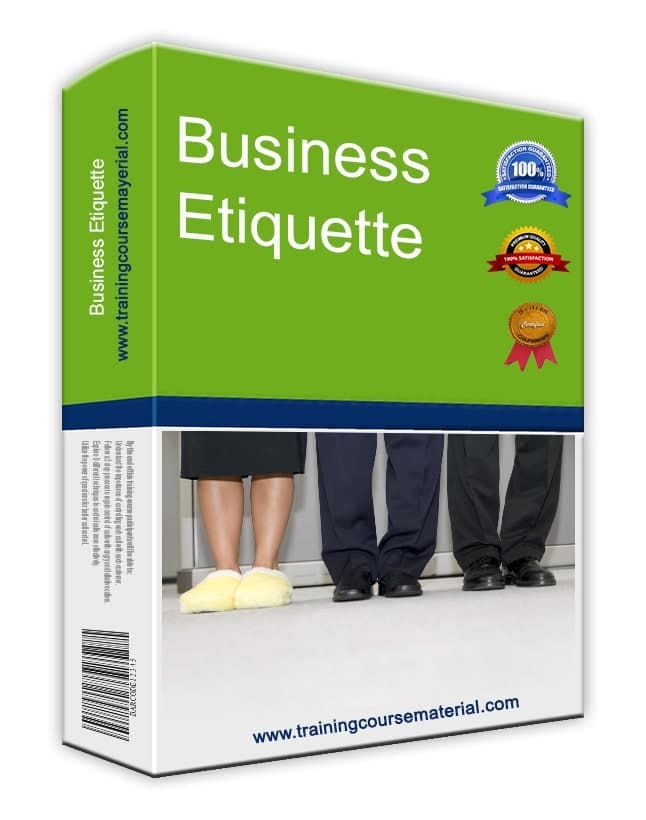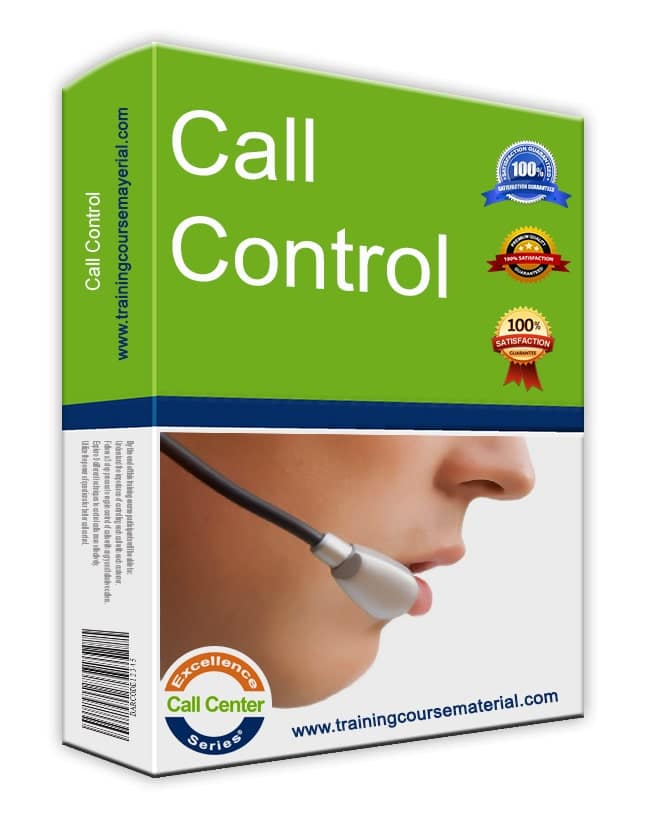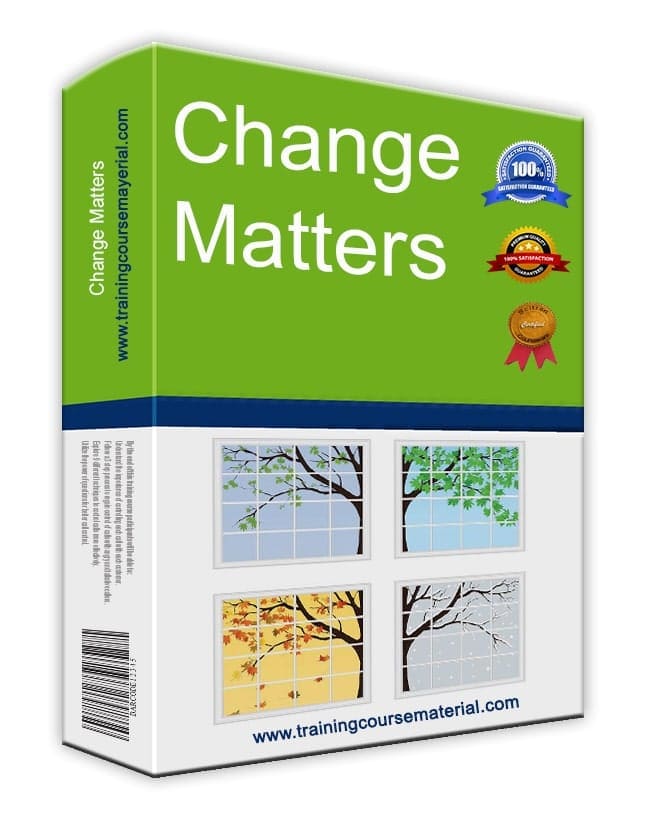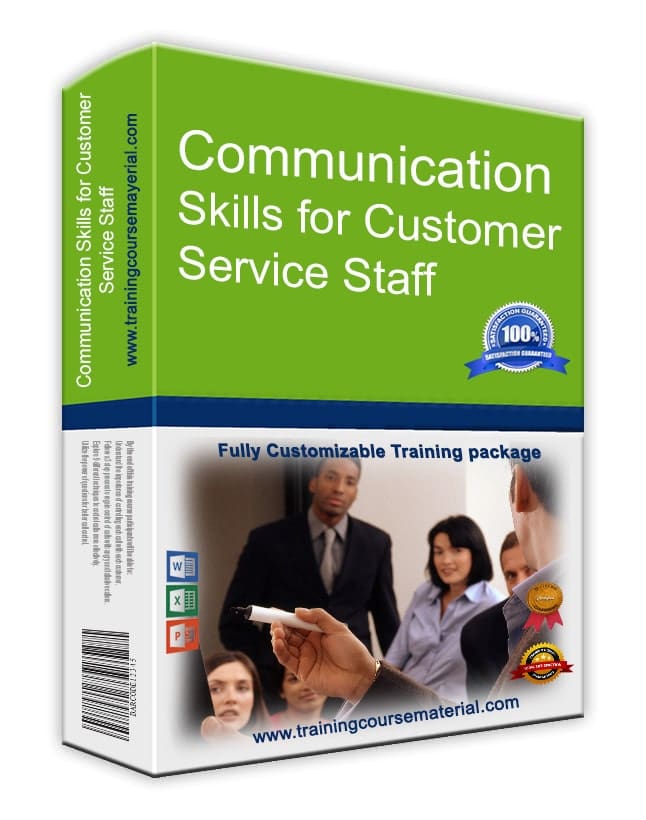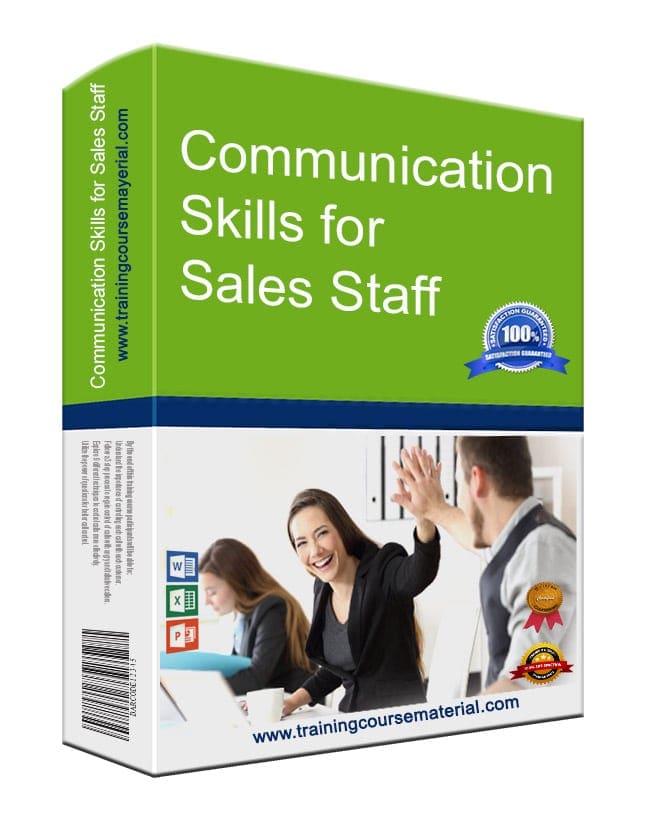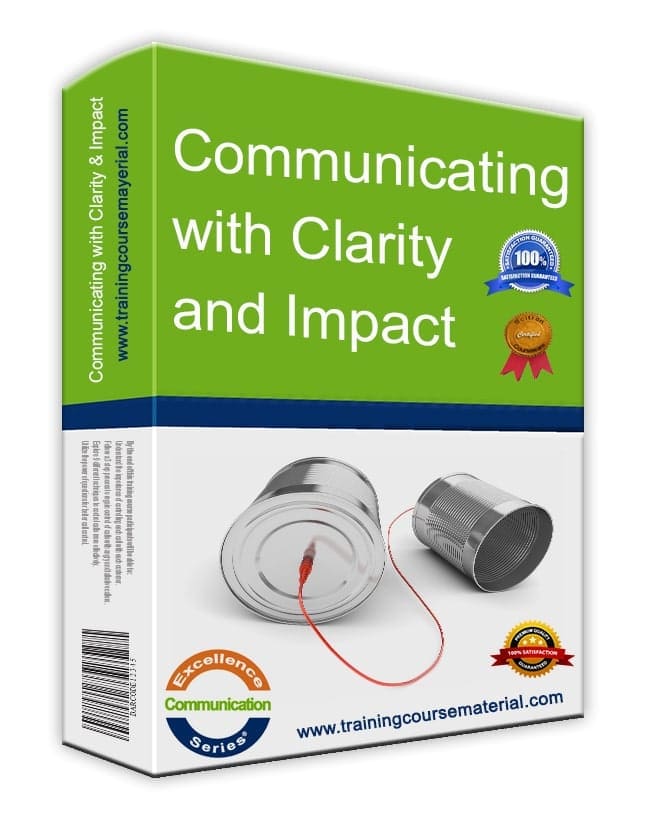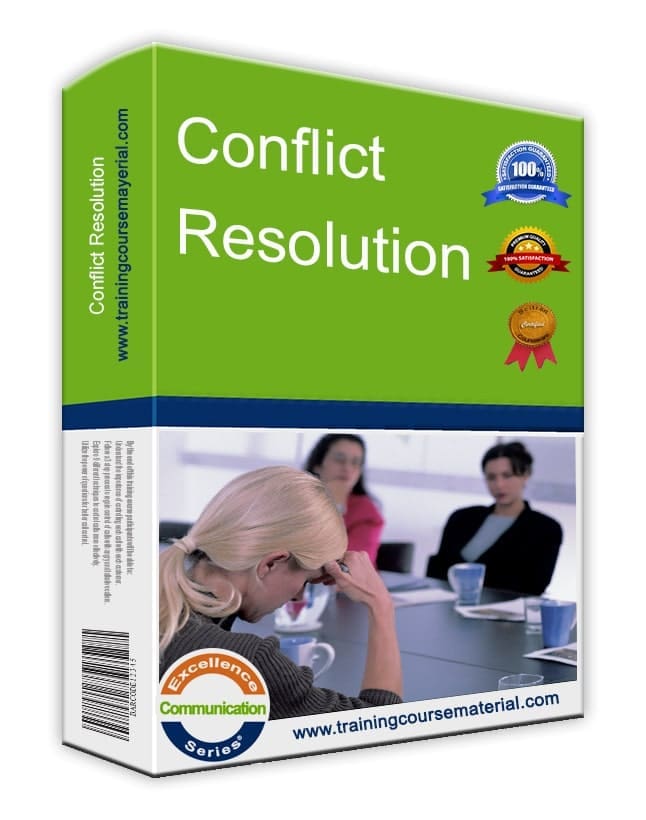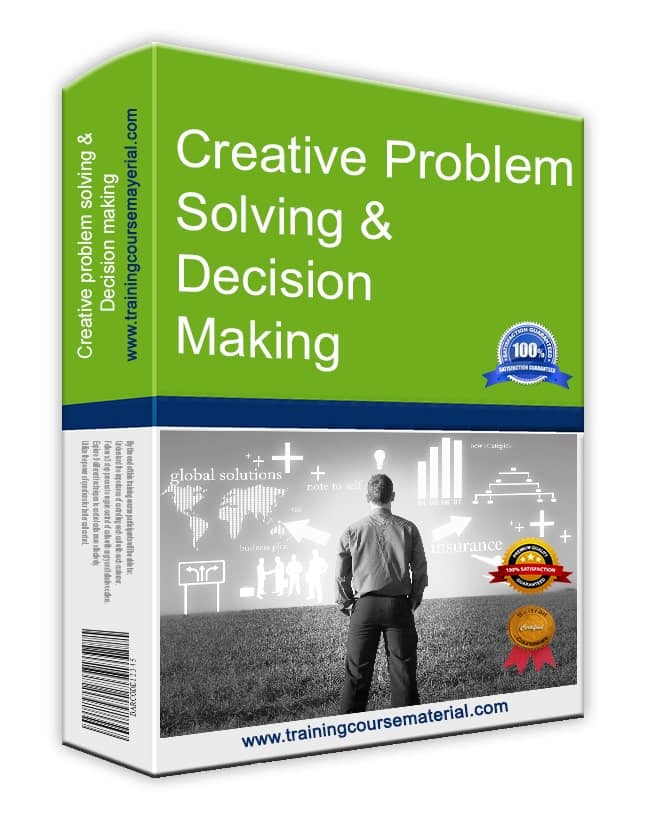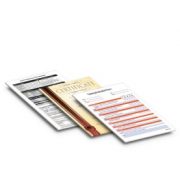SWOT analysis is a strategic planning tool used to understand the internal and external factors that can impact your organization. SWOT stands for Strengths, Weaknesses, Opportunities, and Threats. It helps you evaluate where you stand today and how you can move forward effectively.
📌 Why SWOT Matters
Understanding your current position is essential to chart a path for the future. SWOT analysis allows your team to identify internal factors (strengths and weaknesses) and external influences (opportunities and threats), laying the groundwork for informed strategic decisions.
🧩 Internal vs External Drivers
- Internal: Strengths and weaknesses—things you can control within the organization.
- External: Opportunities and threats—factors from the outside world that affect your path.
🔍 Real-World Application
A facilitator might guide the team in brainstorming or analyzing interview data to pinpoint internal strengths and weaknesses. For external threats and opportunities, subject matter experts are often brought in to provide context before the team sets strategic goals.
📊 Sample SWOT Grid
| Strengths | Weaknesses |
|---|---|
| S1 - Strong R&D S2 - Dealer Network S3 - Low Costs |
W1 - Customer Complaints W2 - Long Cycle Time W3 - Weak Service Recovery |
| Opportunities | Threats |
|---|---|
| O1 - Growing Market O2 - Strong Brand Image O3 - Move to High Tech |
T1 - Economic Slowdown T2 - Trade Agreements T3 - Buyer Power |
🛠 Turning Analysis into Strategy
- SO Strategies: Use strengths to seize opportunities.
- WO Strategies: Improve weaknesses to tap into opportunities.
- ST Strategies: Use strengths to reduce impact of threats.
- WT Strategies: Defensive moves to minimize risk from weaknesses and threats.
📋 Examples in Action
These sample strategies illustrate how to connect SWOT elements:
- S1O1: Launch innovative products for growing markets.
- W1O2: Improve customer experience to boost brand image.
- S2T2: Strengthen dealer networks to handle market shifts.
- W2T1: Shorten cycle times to reduce exposure to downturns.
📚 Related Training Resources
🧠 Frequently Asked Questions
What is a SWOT analysis?
A structured method to assess your organization’s strengths, weaknesses, opportunities, and threats.
When should I conduct a SWOT analysis?
At the start of any major strategic planning process, or when facing big changes in the market or internal structure.
Who should be involved?
Leaders, key employees, and subject matter experts who understand the business and external environment.
Written by TrainingCourseMaterial.com — your source for instant-download training materials that help leaders define purpose, align teams, and plan for the future.

